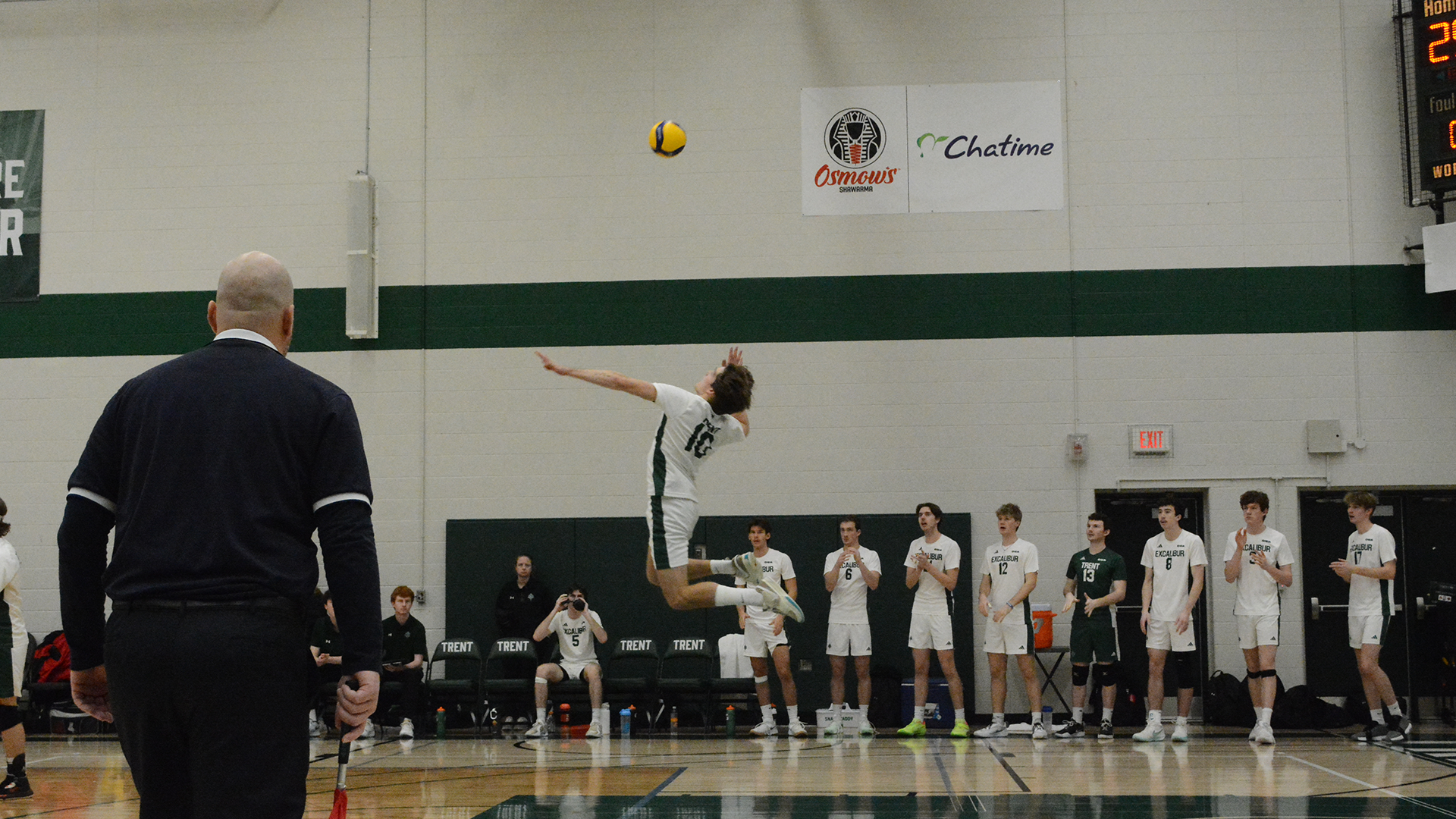On March 23, distinguished professors Dr. Anver Emon and Dr. Mohamma Salaama lectured for Trent’s Centre for Human Rights, Equity and Accessibility.
The “Embracing Difference in Difficult Times: Rights, Faith, Identity and Muslims” talk comes at a time when Muslims and their faith are coming under increased pressure in the West, with this talk seeking to explore how these problems can be reconciled.
The lecture, which was being televised at Durham College, kicked off with words from President Leo Groarke and then Dr. Mike Alcott, head of Trent International Program (TIP).
First up to speak was Emon. A professor at the University of Toronto, Faculty of Law and Guggenheim Fellow in the field of law, Emon is an “internationally recognised authority on Islamic Law and Islamic Legal history.”
His research concentrated on premodern and modern Islamic legal history and theory, premodern modes of governance and adjudication and the role of Shari'a both inside and outside the Muslim world.
Naturally, his talk was based in his legal background, exploring Islamic law to explain how we might achieve greater tolerance and integration. Emon began by highlighting how reductive the discourse on Muslims has become.
Often, the Muslim as “agent” is reduced to the text, with no thought of separateness between other Muslims or between themselves and the text. This means that one Muslim can often be reductively made to represent Muslims as a whole.
So, we must separate the Muslim from the text, recognizing the context and reality of the text, but that of the Muslim too. It is an important point, when the discourse seems to clump all Muslims together *cough* Donald Trump and Ted Cruz *cough*.
Emon wanted to use Islamic law as a way of exploring how the “Islamic” is viewed in the West.
Particularly, Emon sited the Dhimmi rules, which are ninth to fifteenth century Sunni Islamic texts, regarding the treatment of non-Muslim permanent residents in Islamic lands.
On one hand, is it about how the West views Islam’s treatment of the “other,” and on the other hand it about how it actually implemented in Islamic lands. The question is usually “is Islam tolerant?” rather than “are Muslims tolerant,” a question about your neighbours and friends.
Again, we are not separating people today from a 1,300-year-old religion. Here, I would also have pondered the question of judging a religion based on the tolerance of today’s morality, when the religion’s context is 1,300 years prior.
Emon sees tolerance as the wrong term, because it hides behind a larger politics of governing. State law essentially determines the other and what we tolerate as the other.
This shapes the way that religion is construed and so we should consider what the state is doing when it adjudicates.
Then came Salaama, another formidable scholar. He is Associate Professor of Arabic and Chair of the Department of Modern Languages and Literature at San Francisco State University.
Currently he is completing a monograph on Islam and the Culture of Modern Egypt: 1908-1958, a work of primary research and original scholarship.
He began by drawing attention to the double entendre in his talk’s title, Free Islam, one that acknowledge a free Islam and but also is an imperative: to free to religion from both dogma and Islamophobia.
It is both the destination and the commute, so if we are to have free societies, we must educate our students, the “torchbearers of knowledge,” with these conversations along the way.
“The will to life and the path to freedom is to be found in learning, in thinking and contemplation.”
As well as with ensuring our knowledge, we must eradicate danger from our societies, if we are to be free.
Salaama’s talk was punctuated with lilting Arabic, as he would quote the Qur’an in both Arabic and English, while he read from slides written in Arabic too. It was refreshing and enlightening.
One could find his or herself thinking that the nauseating Islamophobe could have done with seeing this talk, rather than a room full of interested, educated and probably progressive folk.
Both talks sought to deal with the Islamic in a modern context, and while Emon’s talk may have had more direction, clarity and conviction, it was Salaama’s that might have had a better chance of achieving something.
He showed Islam and Arabic to have just as much beauty as any Western faith or language, that there is indeed nothing to fear from the “other.”
So maybe the way to break down a few barriers is to gently nudge Islam towards those who are resisting it, at the same time that many others incorporated into our societies.


.png)


.jpg)


.jpeg)



.jpg)

.jpg)



.jpg)




.jpg)


.png)